Pumice versus Perlite
californian
15 years ago
Featured Answer
Sort by:Oldest
Comments (43)
tapla (mid-Michigan, USDA z5b-6a)
15 years agojustaguy2
15 years agoRelated Professionals
Willowick Landscape Architects & Landscape Designers · Concord Landscape Contractors · Brookfield Landscape Contractors · Holland Landscape Contractors · Lebanon Landscape Contractors · Lemay Landscape Contractors · Parker Landscape Contractors · Saint George Landscape Contractors · Sun City Center Landscape Contractors · Wanaque Landscape Contractors · Watertown Landscape Contractors · Old Saybrook Solar Energy Systems · Huntley Window Contractors · Two Rivers Window Contractors · Natick Fence Contractorscalifornian
15 years agomeyermike_1micha
15 years agofreemangreens
15 years agogardengal48 (PNW Z8/9)
15 years agojefe12234
15 years agolilion
15 years agocalifornian
15 years agogreenman28 NorCal 7b/8a
15 years agocalifornian
15 years agomeyermike_1micha
15 years agogardengal48 (PNW Z8/9)
15 years agomeyermike_1micha
15 years agojefe12234
15 years agotapla (mid-Michigan, USDA z5b-6a)
15 years agoJesse Ortiz
8 years agoJudi Volpe
8 years agolast modified: 8 years agojodik_gw
8 years agoSeysonn_ 8a-NC/HZ-7
8 years agoGeneral Pumice Products
8 years agonomen_nudum
8 years agoNil13 usda:10a sunset:21 LA,CA (Mount Wash.)
8 years agoGeneral Pumice Products
8 years agogreenman28 NorCal 7b/8a
8 years agoGeneral Pumice Products
8 years agoNil13 usda:10a sunset:21 LA,CA (Mount Wash.)
8 years agoYasser Zubaidi
8 years agonomen_nudum
8 years agogregbradley
8 years agomichael_europe_zone8b
7 years agolast modified: 7 years agotapla (mid-Michigan, USDA z5b-6a)
7 years agomichael_europe_zone8b
7 years agobragu_DSM 5
7 years agoElissa Norris
7 years agolast modified: 7 years agoLoveplants2 8b Virginia Beach, Virginia
7 years agolast modified: 7 years agodale92539 Riverside Co SoCal
7 years agolast modified: 7 years agofievel38 zone 6b
7 years agoewwmayo
7 years agorobin98
6 years agowestes Zone 9b California SF Bay
6 years agoGeneral Pumice Products
3 years ago
Related Stories

FARM YOUR YARDHow to Grow Vegetables in Containers
Get glorious vegetables and fruits on your patio with a pro’s guidance — including his personal recipe for potting mix
Full Story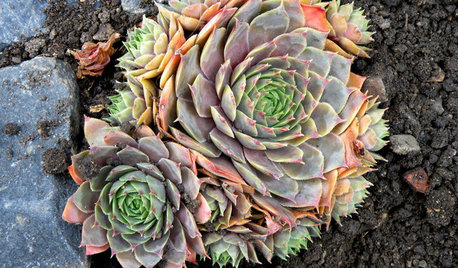
GARDENING GUIDESGreat Design Plant: Hens-and-Chicks
Plant Sempervivum succulents for fuss-free garden color and character all year
Full Story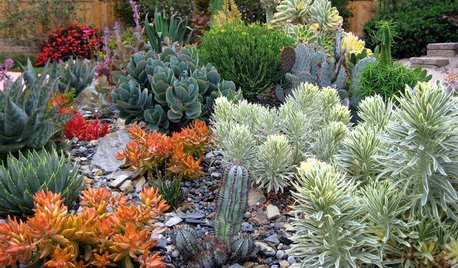
GARDENING GUIDESA Beginner’s Guide to Growing Succulents
Their easy-care reputation is well-deserved, but a little TLC will turn succulents into star plants
Full Story
MOST POPULAR33 Magic Household Cleaning Tips
Houzzers from around the world share their tips for transforming housework into child’s play
Full Story
HOUSEPLANTSHow to Grow Orchids Indoors
Orchids are the exotic aristocrats of the flower world and can make themselves comfortable in almost any home
Full Story
CONTAINER GARDENS3 Steps to Creating Quick, Easy and Colorful Succulent Containers
Take a bright container, add a colorful succulent or two and have a professional, summery design in minutes
Full Story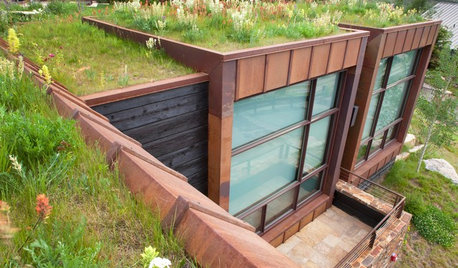
GREEN BUILDING6 Green-Roof Myths, Busted
Leaky, costly, a pain to maintain ... nope, nope and nope. Get the truth about living roofs and see examples from simple to elaborate
Full Story





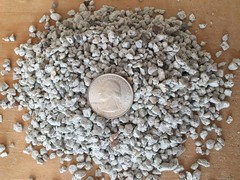
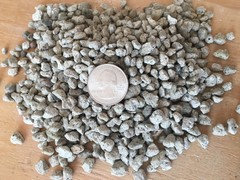
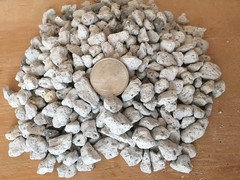
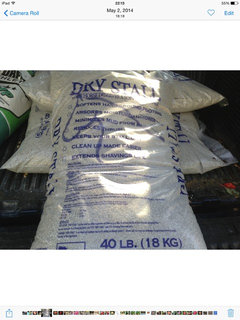


fred